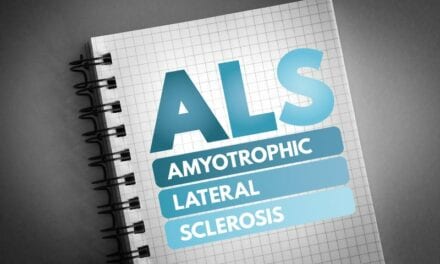.png)
According to a NYU Langone Medical Center news release, lead study investigator Steven J. Burden, PhD, and his colleagues report that by tripling the signaling activity of a protein called muscle skeletal receptor tyrosine-protein kinase (MuSK) in a mouse model of ALS, they were able to keep the nerves attached to muscle, preserving muscle function for 30 days to 40 days longer than in ALS mice that did not receive the increase in MuSK.
“If we were to extrapolate these results to humans, you might expect a substantial improvement in quality of life for an ALS patient. This might mean that an ALS patient would be able to eat, go to the bathroom, talk, and breathe without assistance later into the disease,” Burden explains.
Burden adds that the increase in MuSK did not prolong survival of the ALS mice. The results indicate that in spite of the heightened expression, the nerve cells will still ultimately die. The increase in MuSK signaling from the muscle, however, allows the nerve motor axons to remain connected to the muscle for a longer amount of time.
“We don’t have all the answers yet,” Burden acknowledges, “and we don’t know with absolute certainty that our approach will work in humans, but we’re confident that we’re headed in the right direction. Fortunately, we have a mouse model of ALS that replicates the human disease, so we are hopeful that increasing MuSK activity in ALS patients will likewise preserve attachment of nerve terminals and improve nerve function.”
In further research, Burden and his colleagues report they will investigate whether increasing MuSK activity in ALS mice after symptoms have presented will also be effective in maintaining neuromuscular synapses. The researchers reportedly will work to pinpoint molecules that can stimulate MuSK to increase the function of the kinase, potentially paving the way for drugs that may be formulated for this task and ultimately may help slow, halt, or reverse the disease once it has started to progress.
Source: NYU Langone Medical Center




